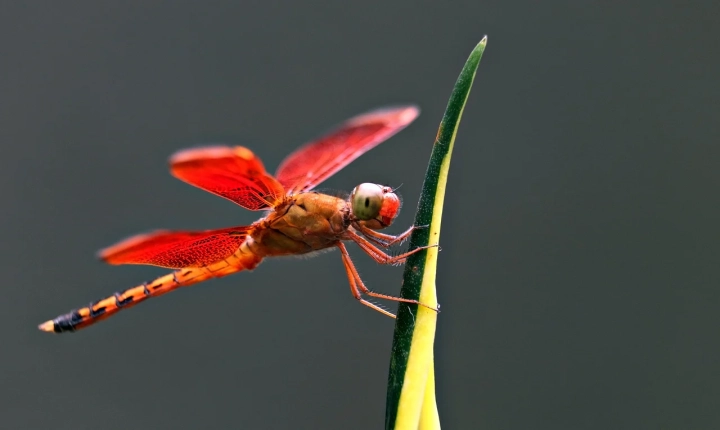Artificial intelligence has significantly advanced the field of image generation, allowing for the creation of incredibly realistic and dynamic images. From generating lifelike portraits to creating stunning landscapes, AI algorithms are now capable of producing visual content that is often indistinguishable from that created by human artists. This article will explore the various applications of AI in image generation and the potential impact it has on the creative industry.
One of the most widely-known AI techniques for image generation is the use of Generative Adversarial Networks (GANs). GANs consist of two neural networks – a generator and a discriminator – that work in tandem to produce high-quality images. The generator creates images from random noise, while the discriminator evaluates the realism of the generated images. Over time, the generator learns to create increasingly realistic images through this adversarial process.
The applications of GANs in image generation are diverse. They can be used to synthesize realistic human faces, generate artwork, or even create high-resolution images from low-resolution inputs. Companies like Nvidia have developed GAN-based algorithms capable of producing high-fidelity images, demonstrating the potential for AI-generated art to be used in various industries.
Another area of AI image generation that has gained attention is style transfer. This technique involves taking the style of one image and applying it to another, resulting in a unique visual output. By using deep learning algorithms, AI can analyze the artistic style of a reference image and then transfer that style to a target image, creating visually striking and often surreal art pieces.
Furthermore, AI-powered image generation has the potential to revolutionize the creative industry. Artists can use AI algorithms as a source of inspiration, leveraging the technology to explore new styles and concepts. Additionally, AI-generated images can be used in areas such as advertising, graphic design, and virtual reality, offering a cost-effective and efficient way to produce compelling visuals.
However, the rise of AI in image generation also raises ethical and legal concerns. As AI algorithms become increasingly proficient at producing images, issues related to copyright infringement and the authenticity of visual content may arise. Clear guidelines and regulations will be necessary to govern the use of AI-generated images and protect the rights of creators.
In conclusion, artificial intelligence has ushered in a new era of image generation, enabling the creation of highly realistic and captivating visuals. With techniques like GANs and style transfer, AI algorithms are pushing the boundaries of what is possible in the realm of digital art. As AI continues to evolve, its impact on the creative industry and society as a whole will undoubtedly be profound.
